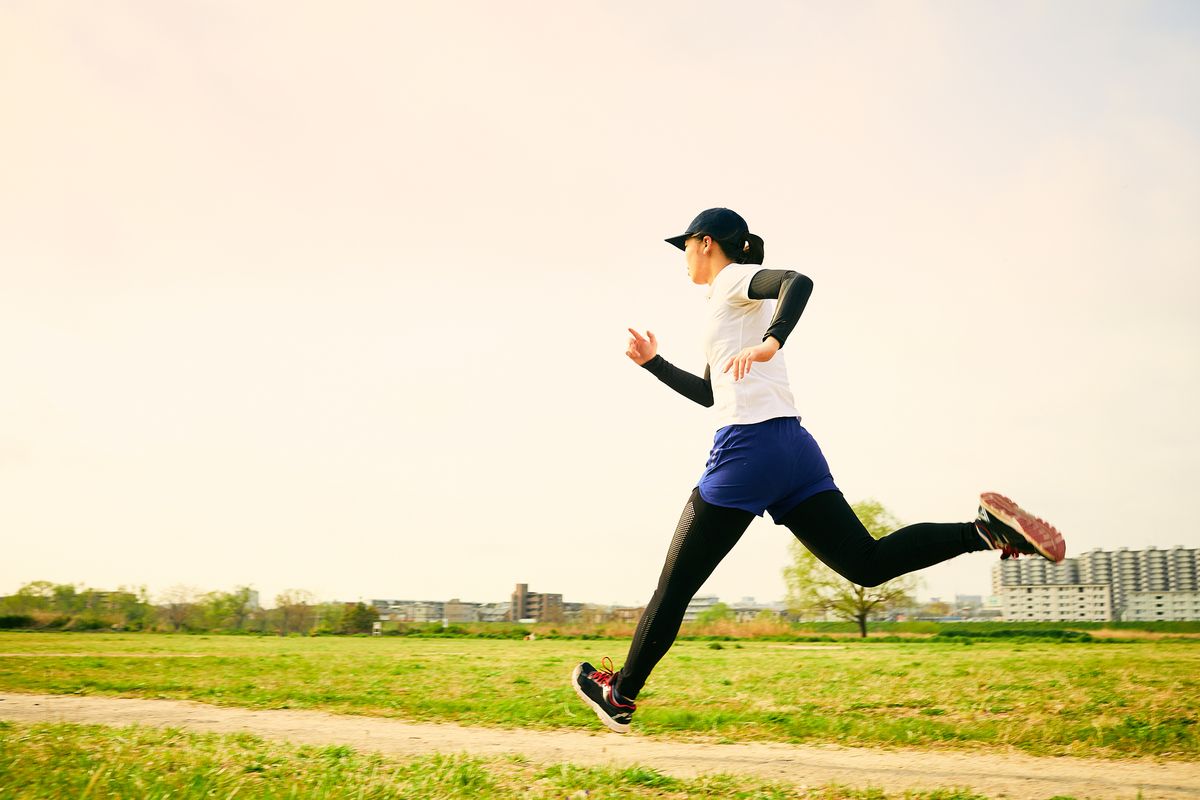Yoga For Running - Tips

Find the right style for you
here are many different types of yoga, and each one has a different intensity and involves different breathing exercises and yoga poses. This diversity makes it possible for runners to devise a highly individualized cross-training program that meets their specific needs and preferences. Try out a number of different classes, yoga teachers, and yoga styles to figure out what works best for your personality, running style, and level of training. If you are training hard and ramping up mileage, stick with relaxing and gentle sessions like hatha, yin, and restorative yoga. If you’re deloading on the other hand, you can feel free to incorporate more challenging vinyasa, ashtanga, or power yoga classes. For really tight muscles, hot yoga might be the best bet.
Include dynamic and static poses
Dynamic asanas such as sun salutations, lunges, and warrior poses are great for warming up your muscles and improving your flexibility. Static poses such as pigeon pose, downward facing dog, and seated forward fold can help you cool down and stretch your muscles after a long run.
Focus on alignment
Proper alignment is key to prevent injury and get the most out of your yoga practice. When practicing yoga for runners, pay attention to your posture and alignment in each pose. Keep your feet hip-width apart, engage your core, and draw your shoulders down and away from your ears.
Incorporate relaxation techniques
Keeping your calm during a run can be difficult, but incorporating yogic relaxation techniques can help you not only improve your performance but also make your overall running experience a lot more enjoyable. Before you start running, take a few minutes to practice deep breathing exercises to relax and calm your mind.
Explore visualization meditation
Learning how to visualize and focus your mind can be a powerful tool for runners. Visualization meditation can help you focus on your goals, improve your performance and increase your motivation. During a visualization meditation, you can imagine yourself running smoothly and effortlessly, with perfect form and technique. This can help you prepare for a race, push through tough moments during a long run, and stay motivated to stick to your training schedule.
Is yoga best before or after running?
Doing a few yoga poses to warm up before your run helps warm and prepare the muscles before you start. Running before yoga warms up the body which allows the muscles to stretch deeper into different asanas. On non-running days Yoga can be a great cross-training activity to balance the body. It is recommended that runners practice a complete 60-90 minute yoga session two to three times a week.
Incorporating yoga into your running routine
- As a warm-up
A short sequence of asanas can be an excellent way to warm up the body before heading out for a run. It can help increase blood flow, loosen up tight muscles, and get the body ready for the physical demands of running.
- As a cool-down
oga can also be a great way to cool down and stretch out your muscles after a run. This can help to prevent injury, reduce soreness, and improve recovery time.
- On off days
You don’t have to limit your yoga practice to just before or after a run. Incorporating yoga into your off days can help you recover faster and improve your overall performance. You can opt for yoga classes that focus on stretching, flexibility, and balance, which are essential for runners.
Conclusion
A short sequence of asanas can be an excellent way to warm up the body before heading out for a run. It can help increase blood flow, loosen up tight muscles, and get the body ready for the physical demands of running.
oga can also be a great way to cool down and stretch out your muscles after a run. This can help to prevent injury, reduce soreness, and improve recovery time.
You don’t have to limit your yoga practice to just before or after a run. Incorporating yoga into your off days can help you recover faster and improve your overall performance. You can opt for yoga classes that focus on stretching, flexibility, and balance, which are essential for runners.
Incorporating yoga into your routine can make you a healthier runner with faster recovery times. Combining running with trips to the yoga studio can have a range of benefits for your body and mind, helping you to become the best athlete you can be.